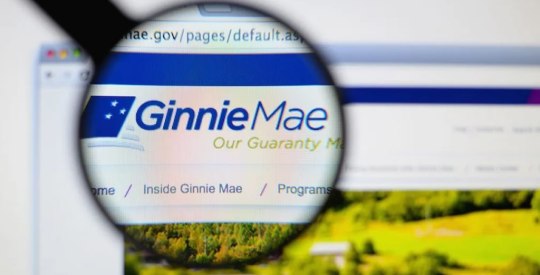If past recessions are a guide, the nation’s high foreclosure rate is likely to persist, according to authors at the Federal Reserve Bank of Cleveland. The Fed article looks at the changes in foreclosure and unemployment rates across states, noting the differences in the timing of the movements. The conjecture that the high foreclosure rate will persist is based in part on the observation that states that experienced boom-bust housing cycles in the past (Texas, Oklahoma, Massachusetts and California) had elevated foreclosure starts for years after the peak in foreclosure starts and inventory. These previous boom-bust cycles “were small in comparison to the current cycle,” the article said. While the recession has left deep scars in the housing and labor markets — with the unemployment rate doubling and the foreclosure start rate roughly tripling — the timing of the movements differs over the cycle, according to the abstract (download here), written by Timothy Dunne, a vice president at the Federal Reserve Bank of Cleveland, and Kyle Fee, a research assistant.  The authors did not speculate on how long the nation might continue to see high foreclosure rates. The foreclosure start rate began to rise sharply before the unemployment rate rose — well before the onset of the recession in December 2007. The rise reflects forces preceding the recession, including housing price declines and the weakening of loan quality, according to the article. Traditional prime, fixed-rate mortgages, meanwhile, saw a rise in foreclosures later in the cycle and more closely in step with the rise in the unemployment rate. States who had large unemployment rates from the first quarter of 2007 to the first quarter of 2010 tended to experience relatively large increases in foreclosure start rates, according to the Fed article. These loans represented 53% of first-lien mortgages prior to the start of the housing crisis, according to the article. Loan quality for these loans is higher and the rise in the foreclosure start rate is more closely linked to economic weakness, according to the Federal Reserve authors. Recent statistics from the Making Home Affordable Program indicate that 60% of the program’s permanent loan modifications were the result of loss of income. Write to Kerry Curry.
The authors did not speculate on how long the nation might continue to see high foreclosure rates. The foreclosure start rate began to rise sharply before the unemployment rate rose — well before the onset of the recession in December 2007. The rise reflects forces preceding the recession, including housing price declines and the weakening of loan quality, according to the article. Traditional prime, fixed-rate mortgages, meanwhile, saw a rise in foreclosures later in the cycle and more closely in step with the rise in the unemployment rate. States who had large unemployment rates from the first quarter of 2007 to the first quarter of 2010 tended to experience relatively large increases in foreclosure start rates, according to the Fed article. These loans represented 53% of first-lien mortgages prior to the start of the housing crisis, according to the article. Loan quality for these loans is higher and the rise in the foreclosure start rate is more closely linked to economic weakness, according to the Federal Reserve authors. Recent statistics from the Making Home Affordable Program indicate that 60% of the program’s permanent loan modifications were the result of loss of income. Write to Kerry Curry.
High Foreclosure Rate Likely to Persist, Cleveland Fed VP Says
Most Popular Articles
Latest Articles
Ginnie Mae President Alanna McCargo to resign
Alanna McCargo announced her resignation from the top post at Ginnie Mae effective May 3



